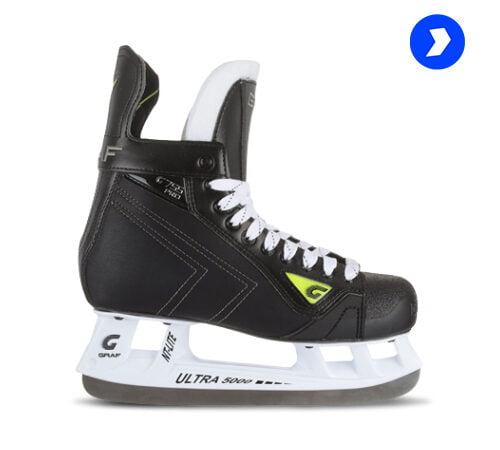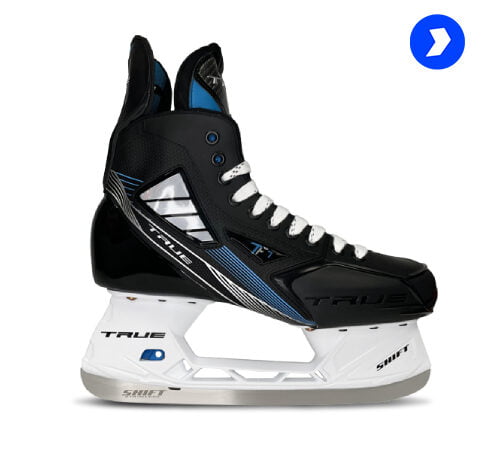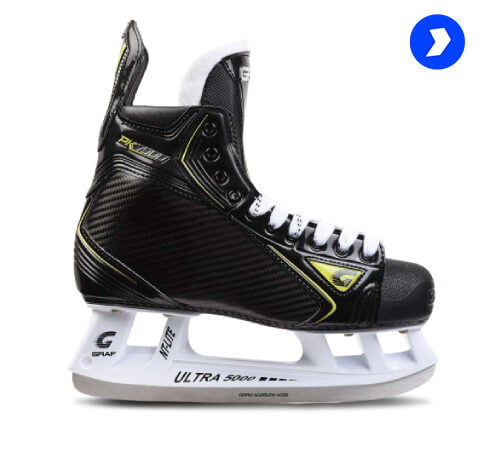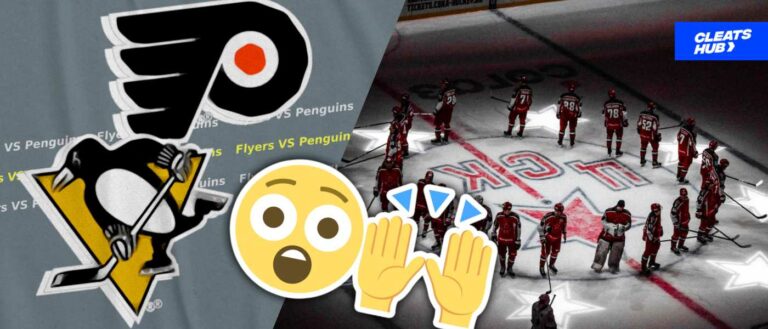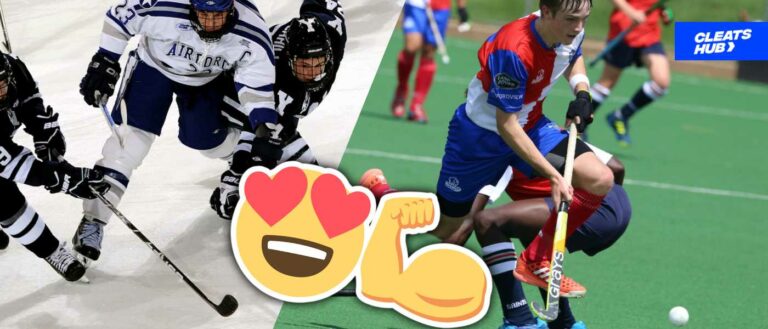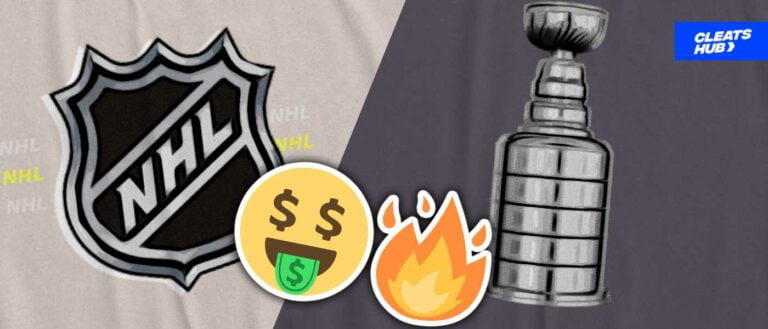What are The Different Positions In Ice Hockey?
Ice Hockey is a unique sport that combines many sporting styles. The similarities it has with other sports are visible while watching the game. However, the roles and positions in Ice Hockey do differ, that is, the formation Ice Hockey adopts is a 6-man build and each player has a function on the ice.
The positions in ice hockey are distributed among the six players into 4 stations. These stations are the major position in Ice Hockey and players in each station have similar roles. The major positions in ice hockey are:
- Center
- Winger (Right and Left)
- Defense (Right and Left)
- Goaltender
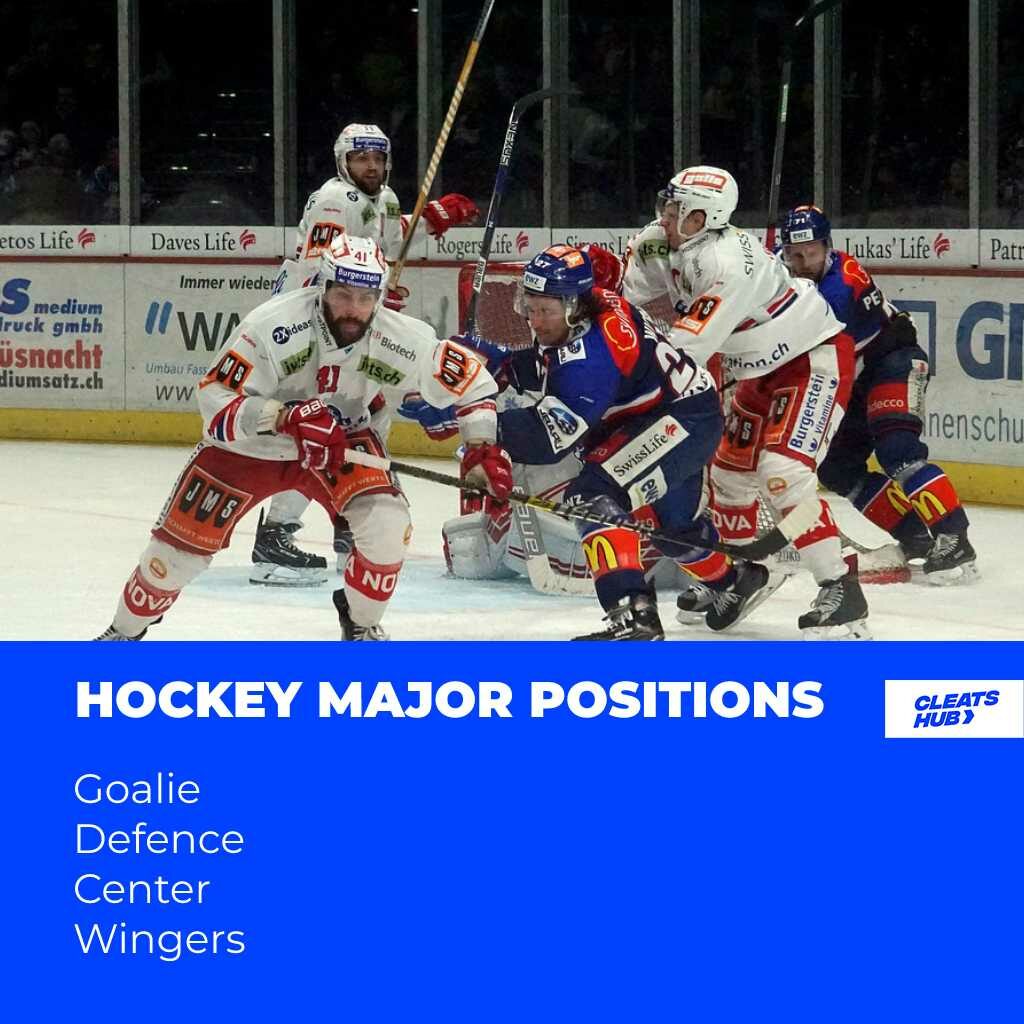
Different Positions in Ice Hockey
The placement of players in hockey differs and they are distributed along the zones on the ice. Below is the position of each player in hockey and the portion of the ice they cover.
| Player | Zone Occupied | Position |
| Goalie | Defensive Zone | In front of the net |
| Right Defence Man | Defensive Zone | Behind the right winger |
| Left Defence Man | Defensive Zone | Behind the left winger |
| Center | Neutral Zone | Centre of the ice in his team’s portion of the neutral zone |
| Right Winger | Neutral Zone | The right-hand corner of the center in the neutral zone |
| Left Winger | Neutral Zone | Right-hand corner of the center in the neutral zone |
It’s worth mentioning that, unlike soccer/football, there aren’t set roles in Ice Hockey. This means any player can play any position on the ice, depending on the game situation. Basically, it means wingers can defend the goal and defenders can attack if the game situation demands that.
Positions in ice hockey | the Centre
In this sport, the center placement, as the support mechanism, plays the most crucial role on the ice. This is because it is the center position that plays attack, and defense, and is equally responsible for taking faceoffs. He is also saddled with the task of organizing the team’s play and reading the opponent’s game.
As discussed earlier, players in this position occupy the middle of the neutral zone.

Roles of Centre
A center works together with the attackers (wingers) closely in going offensive play against the opponent. Wingers can pass the puck to the center if they see an opening to score. Also, the center can similarly distract defense men to create an opening for the wingers.
Aside from scoring, centers are backbone support for defense in keeping the puck as far away from his net as possible. That’s why the center is known as the best defensive forward on the line.
There is much more a center does on the ice. In summary, a center’s responsibilities are that he scores, completes passes, wins faceoffs, supports wingers, collects rebounds, Keeps the puck, leads breakouts and so much more.
Learn more on How To Play The Center Position in Hockey along with tips and skills that make a good center in Ice Hockey.
Positions in ice hockey | The Right & Left Wing
Also referred to as forwards, they play on the right and left sides of the ice in the attack. Similar to other skaters, wingers take on different tasks depending on the situation of the play. If a line is gifted with two offensive players (suppose the center and the left wing), the right winger might be the defensive mind, who gets back on defense comfortably.
They move forward to score when they have the puck in possession and become defensive when the opponent has the puck. This means the right winger can cover the opposing left defender while the left winger takes on the opposing right defender.
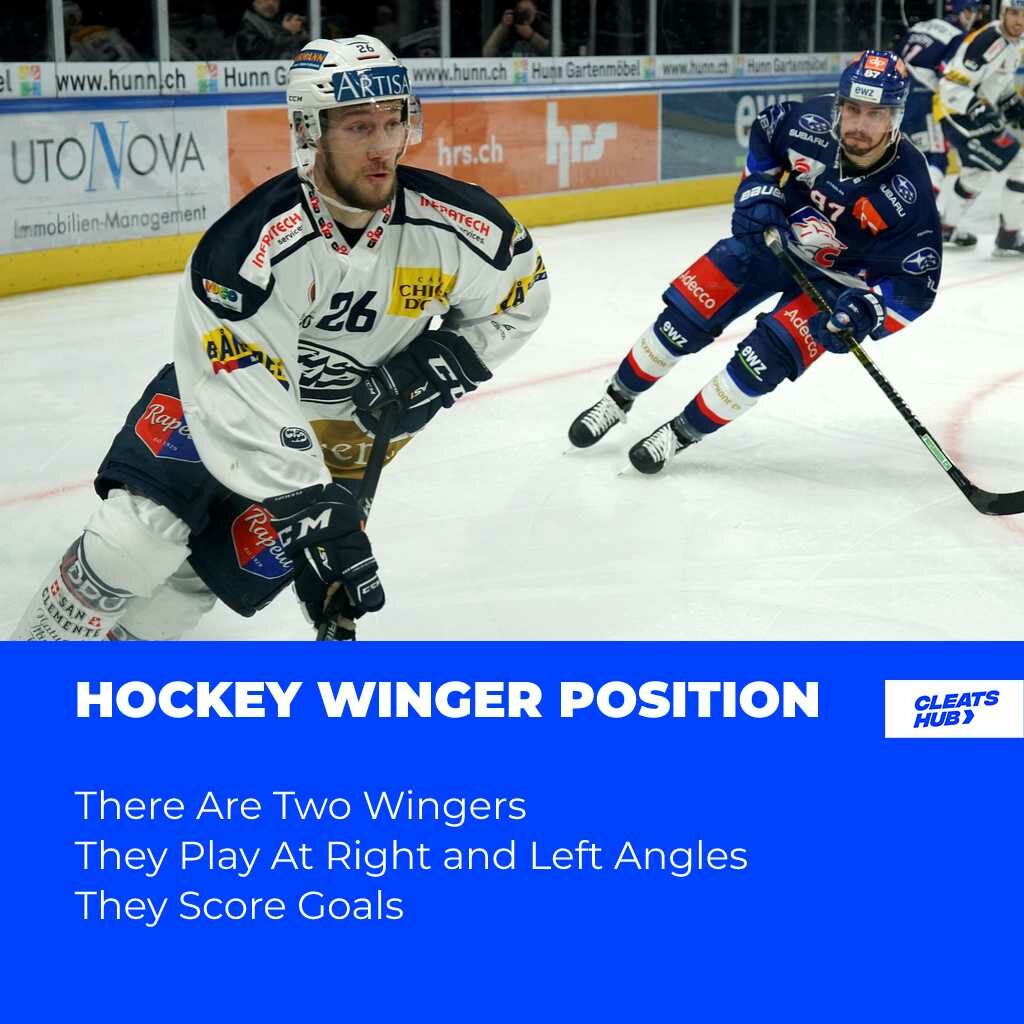
Roles of Right and Left Wing
It is to be noted that wingers must be fast ice skaters as they will be given long through passes and create opportunities in the opponent’s crease.
In summary, the tasks of a winger are to score goals, help the center by giving passes to score, move the puck out from the defensive zone, block the opposing team’s access, start a breakaway, and more.
Gone are the days when hockey forwards played on the sides depending upon the direction in which they shot (left or right-handed). However, coaches have discovered left-handers who shoot from the right-wing position, can create a better shooting angle by opening a complete set of target points.
Wingers need to be hard and smart in corners, this means facing the opponent head-to-head in their corners over the possession of the puck. Once a winger gets the puck, he can send a pass over to the center or back players (defense).
Wing position also demands that the player is physical and brave in front of the net and the opponent’s goaltender. This is crucial because the main aim of the game is to ultimately outscore your opponent.
Positions in ice hockey | Right & Left Defence
Similar to wingers, two defensemen play on both sides of the ice in the defensive zone. Their main task is to protect their own goal from the opposing team’s attacks.
Like the other skaters, the two defenders also take on different functions according to the situation. If their team starts an attack, they become wingers and support their teammates in front of the goal. At the same time, they don’t leave any hole/gap in the defense and get back on time, not to give any advantage to the opponent team.
Roles of Right and Left Defence
The defensemen’s roles are challenging as they must react quickly, communicate with other teammates, and skate backward. The two defensemen playing with each other for a long time, act like couples on the ice as they are tactically coordinated.
Tasks of the defensemen include:
- Defending opponent’s attacks;
- Stopping passes and taking back possession of the puck;
- Controlling the game when the opposing team has the puck;
- Clearing rebounds;
- Supporting forwards in the attack;
- Working tactically closely with the other defender;
- Coordination with team members;
- Making quick decisions; and
- Bringing the puck out of your zone.
Defenders are considered as the goaltenders’ best companions on the ice. They also work with the goalie in closing open spaces on the ice, reducing the chances of a goal.
Positions in ice hockey | The Goalie
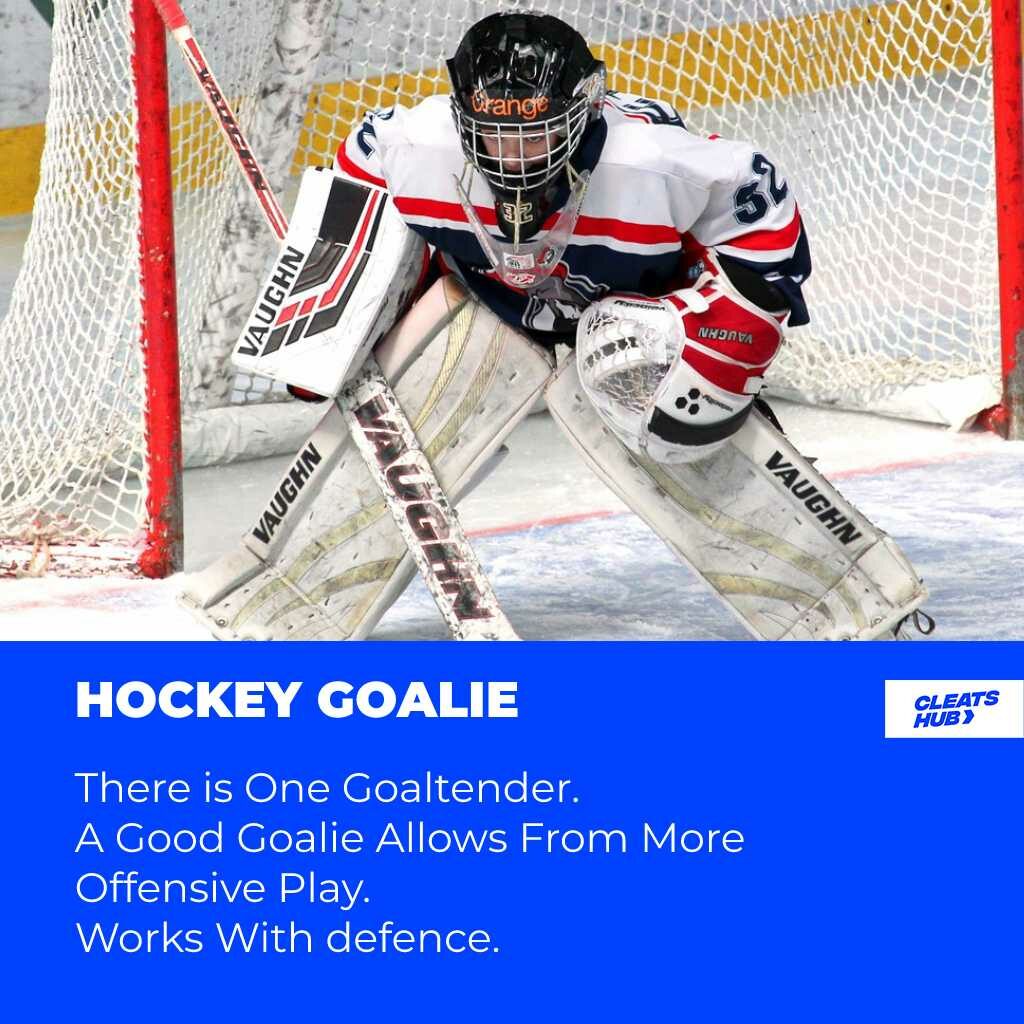
Like in every other sport, goaltending is the most challenging position, and the goalkeeper is the most important player on the ice.
The goalie needs to be an excellent communicator to warn and alert his team about potential attacks. The goalie’s main task is to stop the opponent’s shot from ending up into the net.
A good goalie allows his team to play more offensively because they will be confident in his skills in goaltending. Besides, he should be able to help the team by stopping the opponent’s shot from any angle. A good goalie increases his team’s self-confidence with his acrobatic saves.
Roles of The Goalie
A goalie is thought to guard against goals but is much more involved now as he can intercept the puck and initiate an attack by passing to his teammates. Unlike other players on the ice, a goalie may freeze the puck, hold or cover it with his glove, and interrupt the play.
He can also throw himself onto the ice with his whole body and prevent a goal if he is unsure exactly where the puck is. In summary, aside from guarding the net, a goalie also fends off attempts, covers the puck to avoid rebounds, and passes the puck to make a sudden counter.
Some of the equipment a goalie utilizes in doing his job include:
- Goalie Glove;
- Goalie Stick (a wider one);
- Ice Skates (provide support to fend off several times a game);
- Leg Pads;
- Blocker (for the stick hand); and
- Protective Helmet.
Former Canadian NHL Star, Gene Ubracio, highlighted how much of an impact a goalie has on the modern ice hockey game;
“In hockey, the goalie accounts for 75 per cent of the game. Unless it’s a bad goalkeeper, then it’s 100 per cent.”
NHL Star, Gene Ubriaco
Conclusion
Although all the positions look complicated at first glance, all the six players at six different positions in ice hockey play with the same goal. The speed with which the hockey game is played demands that every player changes roles according to the game situation and supports their team where needed. That’s what makes this unique game so exciting!
Needless, there needs to be a symphony in the gameplay of teams, and this is only achieved through practice. After getting to know everything about ice hockey positions, which position would you prefer to play? Let us know in the comments below!
Psstt…. The Top Performing Cleats


